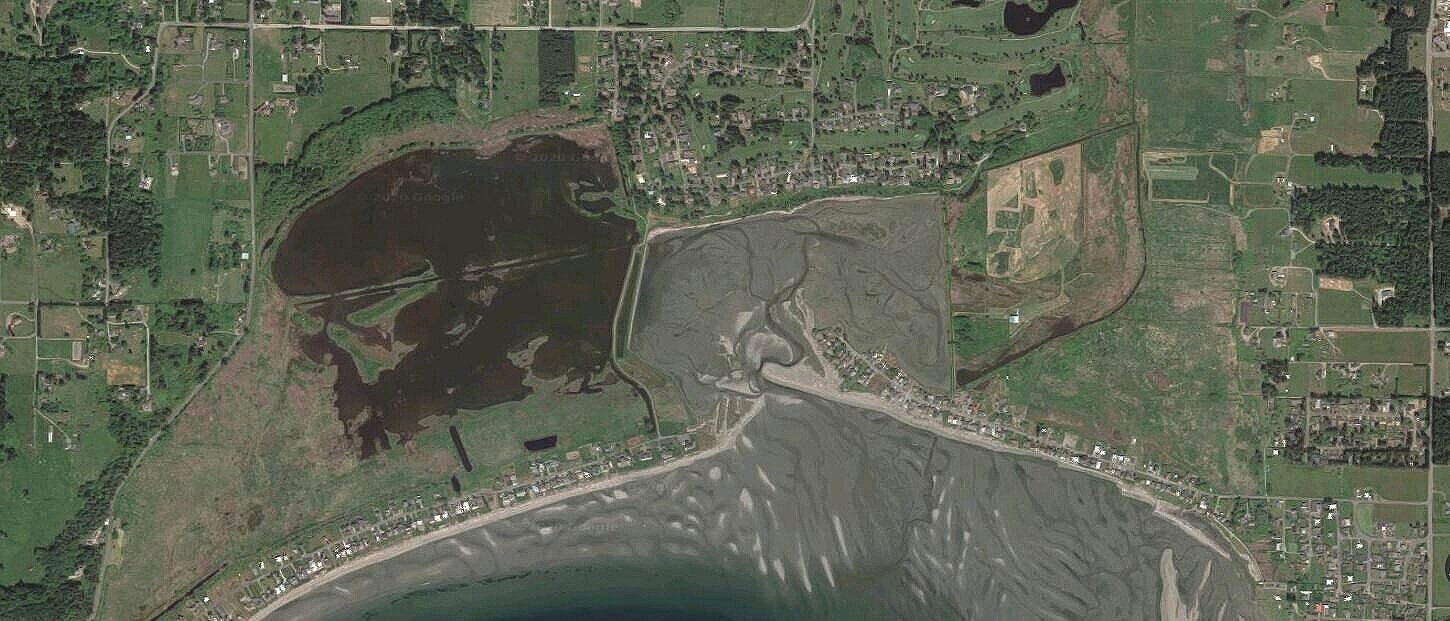
Deer Lagoon Preserve
Deer Lagoon Preserve is located on Useless Bay (so-called because the water is too shallow for boats), about two miles east of Freeland, to the south of Hwy 525.
Virginia Rail (Photo: Carlos Andersen)
Deer Lagoon Preserve is a National Audubon registered Important Bird Area (IBA) with at least 211 different bird species documented. It consists of marsh, tidelands/mud flats, open water, and surrounding woodlands. The species mix is appropriate to these habitats. Washington State Fish and Wildlife has concluded Deer Lagoon is the single most important site on Whidbey Island for use by waterfowl, year around. The lagoon is a critical resting and feeding site for migrating shorebirds in the spring and fall. It has been labeled the most important wetlands in Island County. River otters and coyotes are frequent visitors.
Deer Lagoon Preserve is under increasing pressures and needs enhanced protections. The Island County Comprehensive Plan is currently being updated (2023-2025). Check out how you can participate and help preserve Deer Lagoon: visit our Deer Lagoon Preserve Advocacy page.
There are two common entry points to Deer Lagoon. Both are within quiet residential areas. Parking is very limited and visitors should be especially careful to park clear of driveways and traffic and to respect the privacy of local residents. Carpool whenever possible.
Access Point A is at the south end of Deer Lagoon Road, where a trail continues south to the lagoon. This wooded path is an excellent area for many species of passerines.
Access Point B is on Sunlight Beach Road. Park at the county-owned access on the south side between house numbers 2440 and 2436. Walk back across Sunlight Beach Road, and between houses to get access to the dike on the east side. Of the two access points (A & B), this one has the least parking space. The beaches and yards are privately owned, so please respect the residents’ privacy and property rights.
Looking SW along the Deer Lagoon dikes
(Photo: Carlos Andersen)
